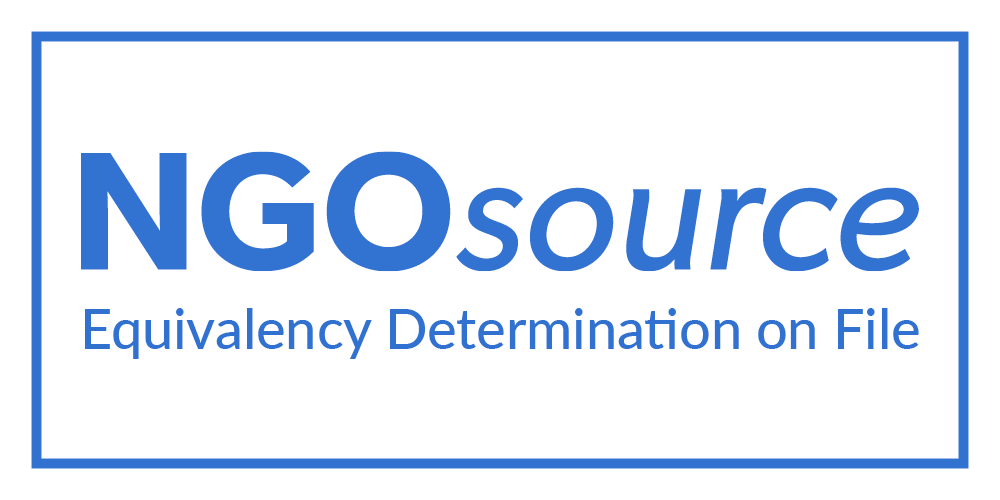Adalah Asks for Criminal Investigation into ILA's Destruction of Crops in the Naqab
This morning, without prior warning, helicopters belonging to the Israel Lands Administration's (ILA) so-called "Green Patrol" sprayed toxic chemicals on more than 1500 dunams (375 acres) of crops belonging to residents of Abda, an unrecognized village in the Naqab (Negev). In addition to destroying the crops, the spraying injured at least 10 Palestinian Bedouin children, citizens of Israel.
Adalah Staff Attorney Marwan Dalal immediately sent an urgent letter to Attorney General Elyakim Rubenstein asking him to order a police investigation into the ILA's southern branch, for criminal violations of the Penal Code (1977), including Articles 336 (Use of a dangerous toxin) and 452 (Malicious damage). In the letter, Adalah argued that neither the ILA nor the Green Patrol have the legal authority to destroy crops in this manner, regardless of the legal status of the crops in question.
This morning's destruction of crops belonging to Palestinian Bedouin citizens of Israel occurred on one of several sites destroyed just over one year ago, on 14 February 2002, on the orders of the ILA. At that time, the ILA claimed that the crops had been planted illegally on state-owned land. The crops were destroyed despite prior written assurances, sent by the ILA to Adalah and others, that such destruction would not take place.
See Adalah News Update, "Government Razes Crops in the Unrecognized Villages," 18 February 2002.
Background: The Unrecognized Arab Villages
More than 60,000 Arab Bedouin citizens of Israel live in the Naqab in unrecognized villages. These villages, of which there are tens located throughout the country, became illegal as a result of the enactment of the National Planning and Building Law (1965) when the lands on which they sit were retroactively re-zoned as non-residential and partial ownership was claimed by the state.
Although most of the unrecognized villages existed before the establishment of the state, they are afforded no official status: they are excluded from government maps, they neither have local councils nor belong to other local governing bodies, and they receive little to no government services such as electricity, water, telephone lines, educational and health facilities.
The government refuses to allow any physical infrastructure development in these villages, thus prohibiting the building and repairing of homes and the construction of paved roads and proper sewage facilities in these communities. New construction requires a permit from the government; however, without a local council, the residents do not have an office from which to request a permit. Consequently, any new construction by the residents is declared illegal and potentially targeted for demolition.
For more information on the unrecognized villages, see Penny Maddrell, The Bedouin of the Negev (London: Minority Rights Group, 1990).
















